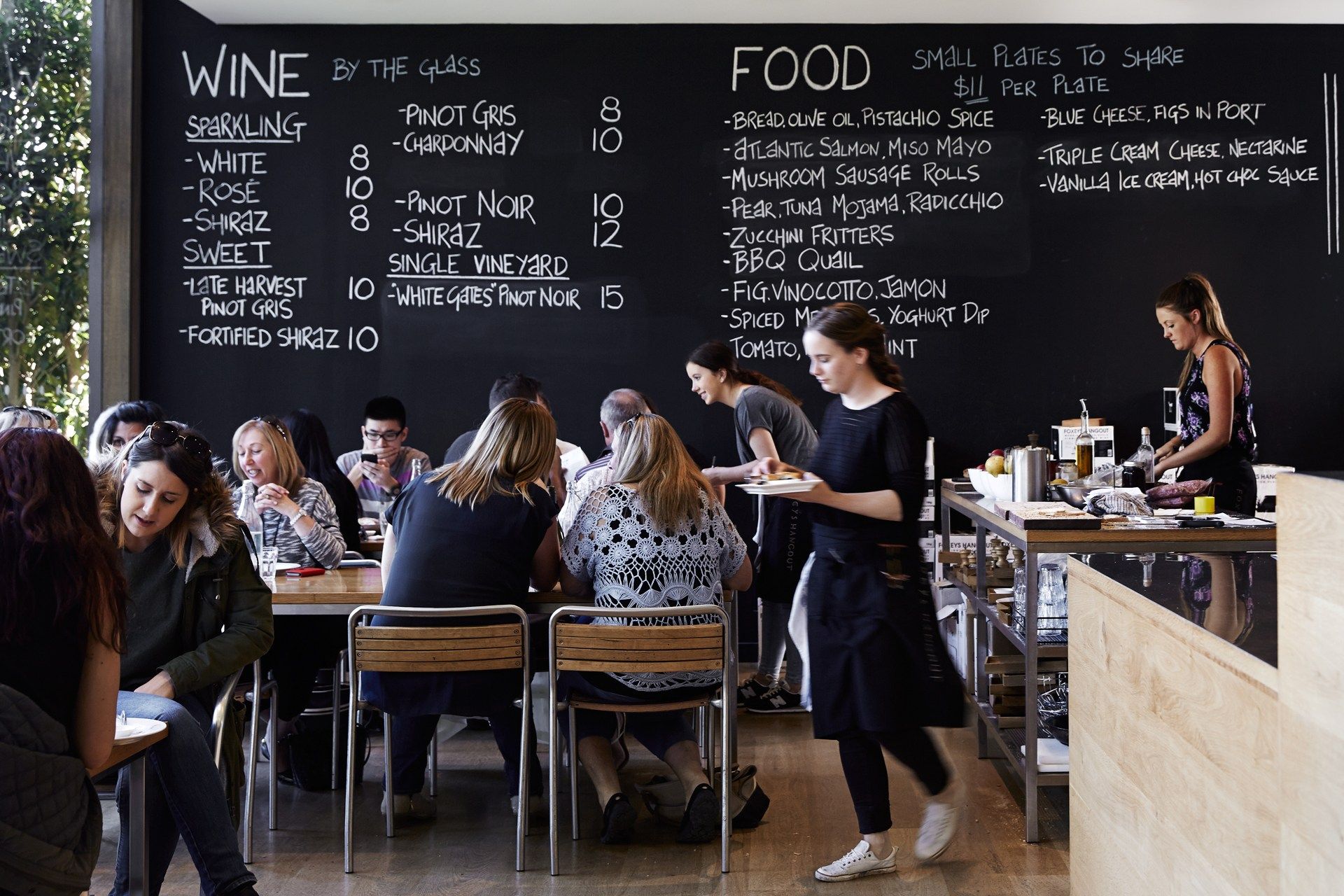Some are too big, some are far too small, and some are just right. Neville Blech on what he thinks makes a wine list sing for its supper. But do you agree?

Former restaurateur Neville Blech shares his wine list do’s and don’ts
What makes a good wine list? Well, this depends on a number of factors: your target audience; the ambitions of the restaurant; the ability to produce a balanced list of interesting quality wines; informative tasting notes geared to food and wine matching; but above all, wines at a price/quality ratio which will encourage the customer to trade up.
Obviously, if you are a casual dining establishment, wine may not be of paramount importance, so a short list of popular names would probably suffice, but if you are really ambitious enough to want to provide an outstanding food and wine experience, you need to follow a few essential guidelines.
It has often been said that any fool can produce a list of top Clarets and Burgundies – money no object, but does this constitute a great wine list?There are many places in the world today where great wine is produced and we look to the enterprising restaurateur to produce a list which is quality driven all round, innovative and exciting.
Size matters
Let’s take size to begin with. Around 200 bins would be the optimum size for a list – big enough to be able to list exciting wines from around the world and small enough to still retain the attention span of the diner, although as I will point out later, some aides need to be employed in getting the customer to focus on the best wines within his or her budget to match their food.
Layout
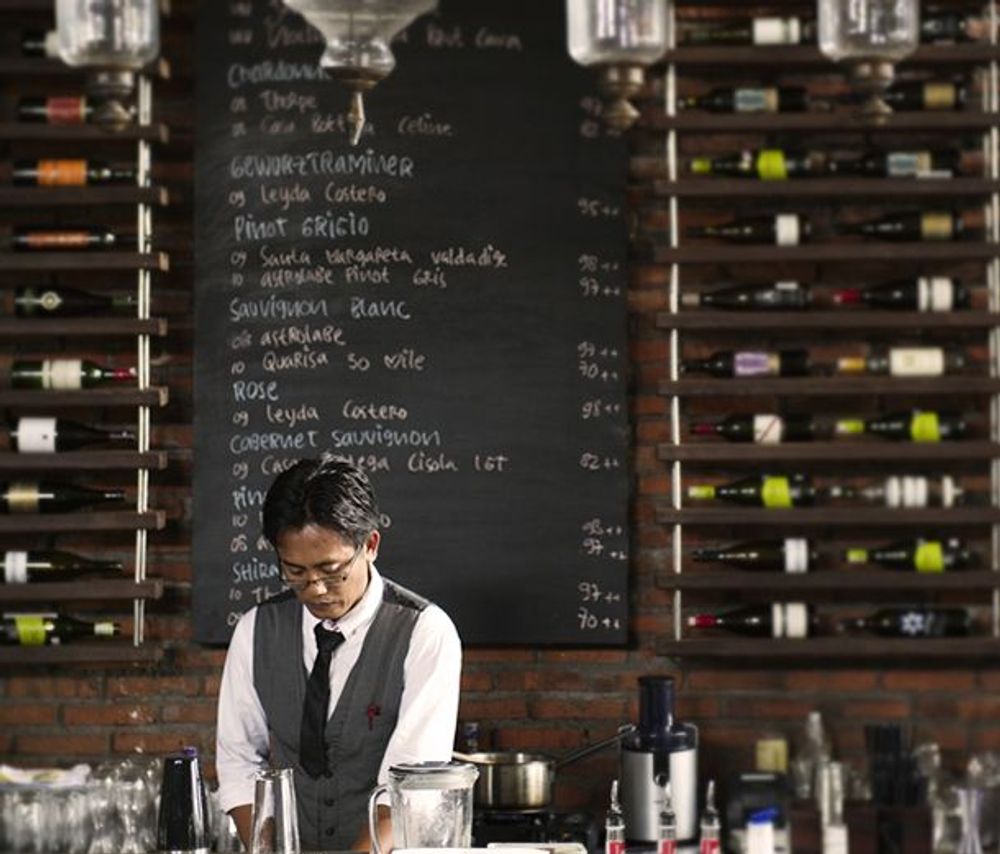
Traditionally, wines have been listed geographically, usually starting with France and then going on to other countries. This traditional approach is not really very informative. Some restaurants now are listing by grape varietal, but this gets a bit complicated when it comes to blends. When I had my restaurant, Mijanou, in the 1980s and 1990s, I listed my wines by style. This was divided into 18 sections thus:
1 Bubbly: any wine with bubbles!
2 Light, dry white wines: Petit Chablis – Domaine du Chardonnay
3 Dry and pungent white wines: Marsanne – Cline Cellars, Sonoma
4. Off dry to medium white wines: Malvasia Adriana Vallania – Vigneto delle Terre Rosse – Bologna
5 Fruity, fragrant and aromatic white wines: Blockhedia Ringnosii Sauvignon Blanc – Napa Valley
6 Fruity or spicy full bodied wines: Gewürztraminer Grand Cru Steinert – Domaine Rieflé, Alsace
7 Fine rich dry to medium dry white wines: Pouilly Fuissé Vieilles Vignes – Domaine des Gerbeaux, Solutré, Burgundy
8 Full-bodied dry to medium dry white wines: Kistler Chardonnay “Les Noisetières” – Sonoma Valley
9. Sweet white wines: Eschendorfer Lump Riesling Auslese – Horst Sauer, Franken
10 Light, dry red wines: Sancerre Rouge – Domaine Pierre Morin, Loire
11 Light, fruity red wines: Hyland Shiraz – Penley Estate, Coonawarra
12 Medium-bodied dry red wines: Clos du Jauguyreon Haut-Médoc, Bordeaux
13 Medium-bodied fruity red wines: Le Mistral – Joseph Phelps Vineyards, Napa Valley
14 Big scale dry red wines: Barolo “La Serra” – Roberto Voerzio, Piedmont
15. Big scale fruity red wines: Hillside Select Cabernet Sauvignon – Shafer Vineyards, Napa
16 Smooth and mature wines: any Bordeaux wine more than 15 years old
17 Sweet red and rosé wines: Brachetto Passito – Contero, Piedmont
18 Dry Rosé Wines: Sangiovese Rosato – Castelllo di Ama, Tuscany
Naturally, there were customers who complained “Where’s the Clarets?!!”, so we did have a geographical list at the end, but with no tasting notes.
Tasting notes
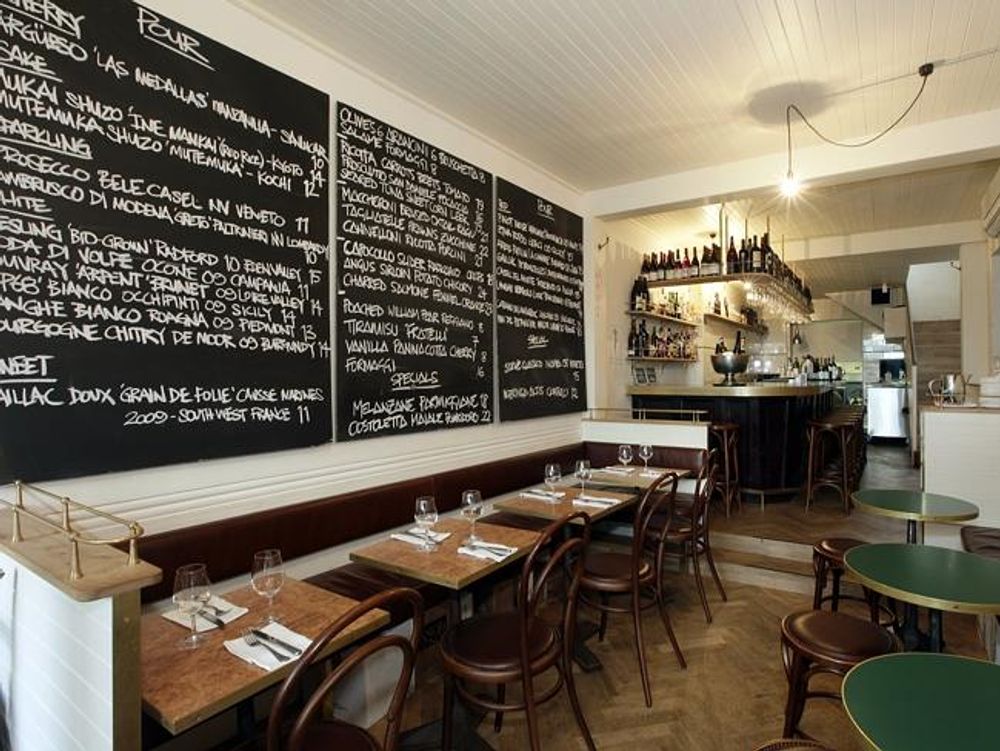
Wine list classroom style
Even though the wines were divided into the taste sections as above, we still provided the customer with brief tasting notes on each wine. (Except perhaps the mature Clarets and Burgundies). This gives customers further information to enable them to make informed choices of the wines to go with their food.Of course, if you have a sommelier (or two) this is extra help but not all restaurants can afford them, so the notes should be as helpful as possible.
By this, I mean helpful tasting notes (geared to the cuisine and not to some wine merchant’s blather). In order to do this, of course, you actually have to taste the wines. As a buyer, I’m sure that your friendly supplier is going to let you have some wines to taste when you are contemplating a new list or making changes to an existing one.
If it is possible do not taste them with the supplier, but get a bottle so that this can be tasted by ALL of your front of house staff, be they sommeliers or waiting staff, so that they all have an idea of the taste and can make recommendations. If this can’t be done all at once then you should be able to arrange some staff training on the wines, this time possibly with the supplier.
Food and wine matching
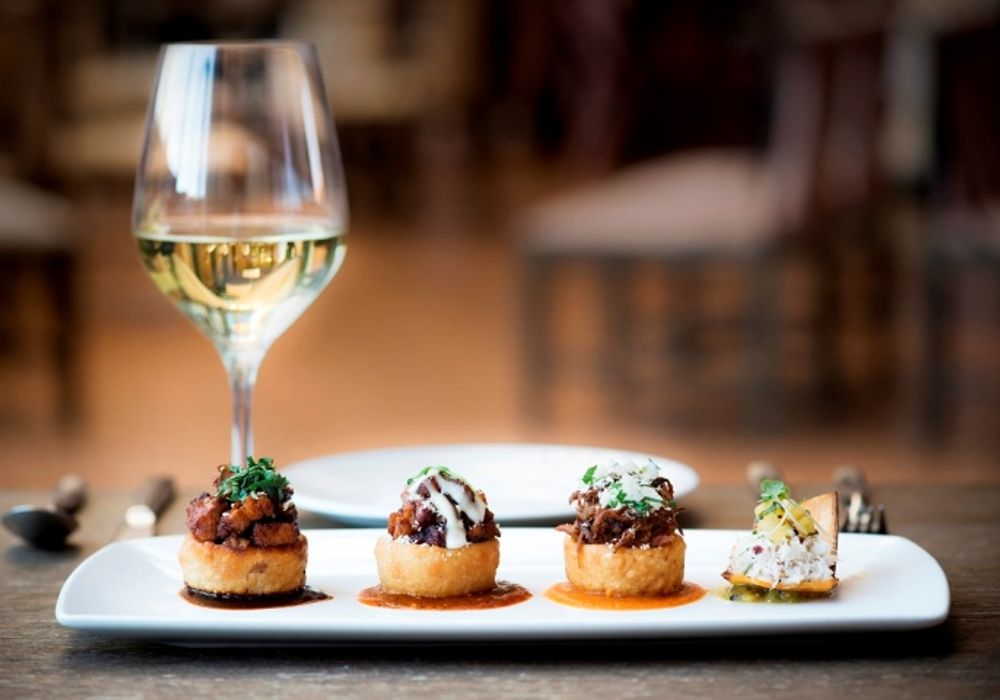
Food and wine matching is not a science and there are not really any hard and fast rules for matching food and wine. Therefore there is plenty of scope for matching food and wine without being too narrow minded or pedantic about it. I had what I called a “Winematch” on the menu which pointed out which section wines would go with a particular dish.
So, for instance, we had a starter “sushi” of smoked salmon and oysters, marinated in Guinness with horseradish and ginger. The “Winematch” for this dish were sections 1, 2, 3, 4 and 6. These are all white wines but section 5 deemed unsuitable because the marinade would be too strong for fragrant and aromatic wines. Similarly sections 7 and 8 would be too rich and full bodied for the dish.
It’s not rocket science but it does allow the customer to concentrate on fewer sections to narrow down the choice. Some dishes will be compatible with many sections and some with few, or even only one. The ultimate joy is for the customer to find the section that goes with ALL the dishes that the party has chosen.
Half bottles
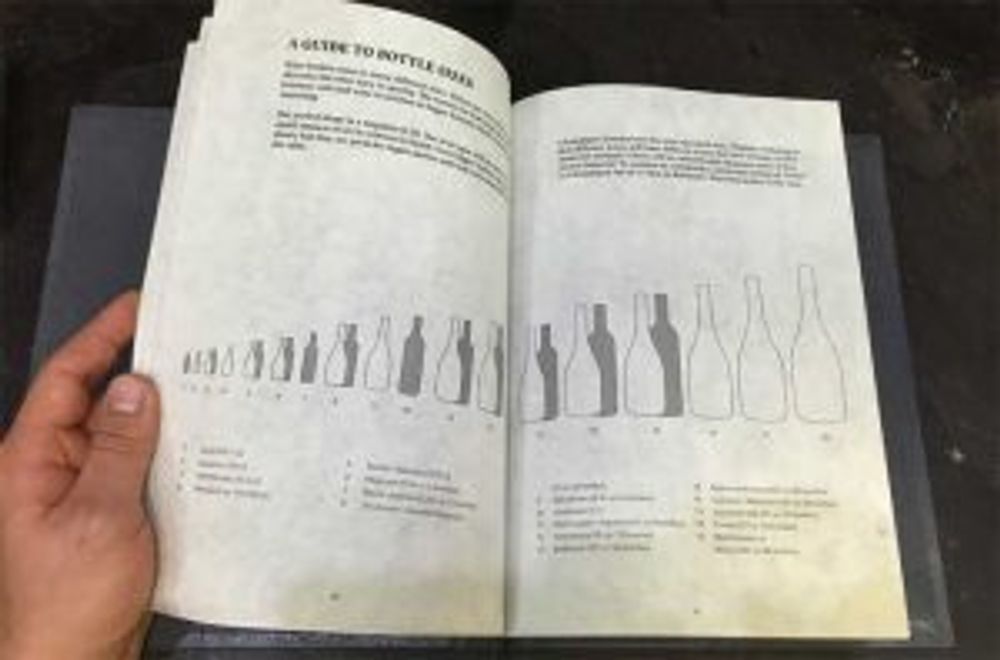
Other musts that the wine list should have an interesting selection of half bottles.If so, I, for one, would be delighted to forego a bottle of wine with the meal for three halves! You also need an interesting selection of wines by the glass to allow for experimentation – and I don’t mean the cheapest “House” red and white the proprietor can lay their hands on. Nor a selection of pudding wines by the glass, although they are useful, but there is little point in having six sweet wines by the glass and only two dry ones – as we have seen.
Value for money

So when it comes down to choosing WHAT to put on the list, the ultimate goal is to find interesting wines that are value for money. Obviously, this is going to depend (a) on how much you have paid for the wines and (b) what you mark them up at. If you are lazy enough to depend on just one or two suppliers, then you are pretty much hooked, but if you are using five or six (there’s probably not much need for more). But you could use up to 10 if there are any specialist suppliers, that would give you a chance to compare what each has to offer in each area of the world.
Our own Wine Behind The Label can be used as a reference book, for here you will find sufficient information, price guides and ratings on over 18,000 wines. Have a look at various supplier’s lists, see if you can find any of their wines in Wine Behind The Label, apply your mark up (I’ll expand on this later) and see if you can sell them at a good quality/price ratio.
To qualify for my value for money criteria, after doing these sums you should be listing one star wines at under £25, two star wines at under £36, three star wines at under £55, four star wines at under £75, five star wines at under £110 and super five star wines at under £180. Of course, if you can manage to sell a four star wine at under £55, then you have double value and people should be beating a path to your door.
Restaurant mark ups
Usual mark ups on wine lists tend to be between three and five times the wholesale price including VAT. Let’s take for example wines from that excellent producer in the Rhône Valley, Roger Sabon. His entry level 2 star Côtes du Rhône can be bought from Thorman Hunt at £7.71 plus VAT. Applying a three times mark up it would list (rounding up) at £28 and at four times £37. Good value both times as the value kicks in at £36 or less for a 2 star wine.
Now take his 4 star Cuvée Réserve Châteauneuf-du-Pape costing £20.42 plus VAT, this runs out at £73.50 on a three times mark up and £98 on a four times mark up. Following my criteria of 4 star value at less than £75 on the list the times three mark up just scrapes in as good value, but the four times one is clearly not, but it’s not overpriced either.
Cuvée Prestige, rated 5 stars in Wine Behind The Label, can be bought for £26.83 plus VAT, which makes a three times mark up list at £96.50 and 4 times, £129.The three times mark up here is nicely below the cut off for value at £110 for a 5 star wine, which probably gives it a better price/quality ratio than the four star Cuvée Réserve.
Cash margins
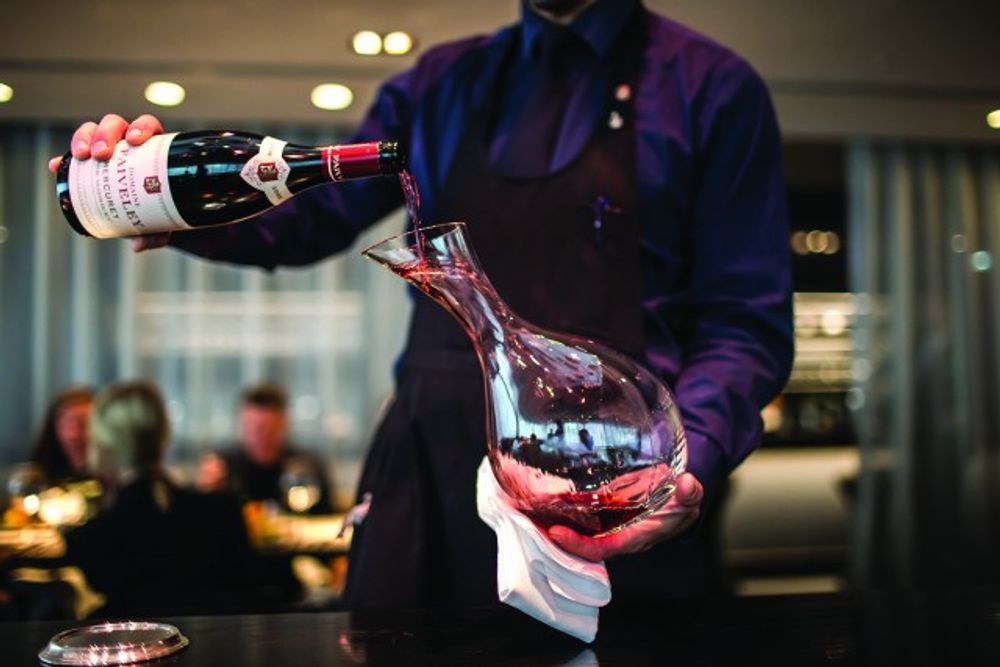
On a cash margin basis, is it better to make £64 (inc. VAT) on a three times mark up for a superior wine that £71 on a four times mark up on the lesser wine? Not much in it but you have a better quality wine on the list for not much less return. Following on from that, could you list the even more highly rated super 5 star Chateauneuf-du-Pape from Domaine du Vieux Télégraphe at £137 or £183?
Let’s take another famous name – Michel Gros in Burgundy. The 3 star Nuits-St-Georges Les Chailots costs £30.75 plus VAT, so at three times cost it lists at £110 and at four times £148. It needs to be under £55 to be classified as good value. Obviously not. The 5 star Vosne Romanée 1er Cru Clos de Reas costs £64.17 plus VAT, making three times cost £231 and four times £308. Way off the pace for value for money, but then you are going to find very few Burgundies that are. You would have to go down to the Côte Chalonnaise to get anywhere near those value criteria.
But if you buy Paul et Marie Jaquesson’s 2 star Bourgogne Aligoté from Thorman Hunt at £11.38 plus VAT – this will list at three times cost at £41 and four times at £55 and their 3.5 star Rully 1er Cru Margotés will list at £58 and £77 respectively. Muchnearer value for money, but you can’t always have that, especially if you are paying heftily for your wines in the first place.
If your wine list is not run by accountants, then you should perhaps consider straight cash margins on the more expensive wines.
Take the Clos de Reas as an example. It’s going to cost you £77 including VAT to buy – it has the same 5 star rating as Roger Sabon’s Cuvée Prestige. If you put on more or less the same cash margin as the Cuvée Prestige, you could sell it for £140, which is a lot better than listing it at £237 and gives you a much increased chance of shifting it.
Flexibility
The key point about mark-ups is they need to be flexible. Obviously you have to take into consideration whether you are in central London or rural Wales, but by playing about with percentage or cash mark ups, you will be able to find that balance that will give your list, variety, quality and value for money to the satisfaction of the pockets of both yourselves and your customers.
- Neville Blech is co-editor of Wine Behind the Label, which has just published its 10th edition, offers a comprehensive guide to the world’s best wine producers and their wines. He is an ex wine merchant (Wine Treasury),ex restaurateur and a chartered accountant to boot and has assisted many a restaurateur with their wine lists including advice on how to import their own wines. You can contact him at neville@winebehindthelabel.org.
- What do you think? What steps do you take to make the perfect wine list. The Buyer is keen to hear and share the thoughts of other experts in the field as clearly there are many ways to produce a wine list depending on the needs of the outlet. Please email richardsiddle@btopenworld.com with your ideas.
